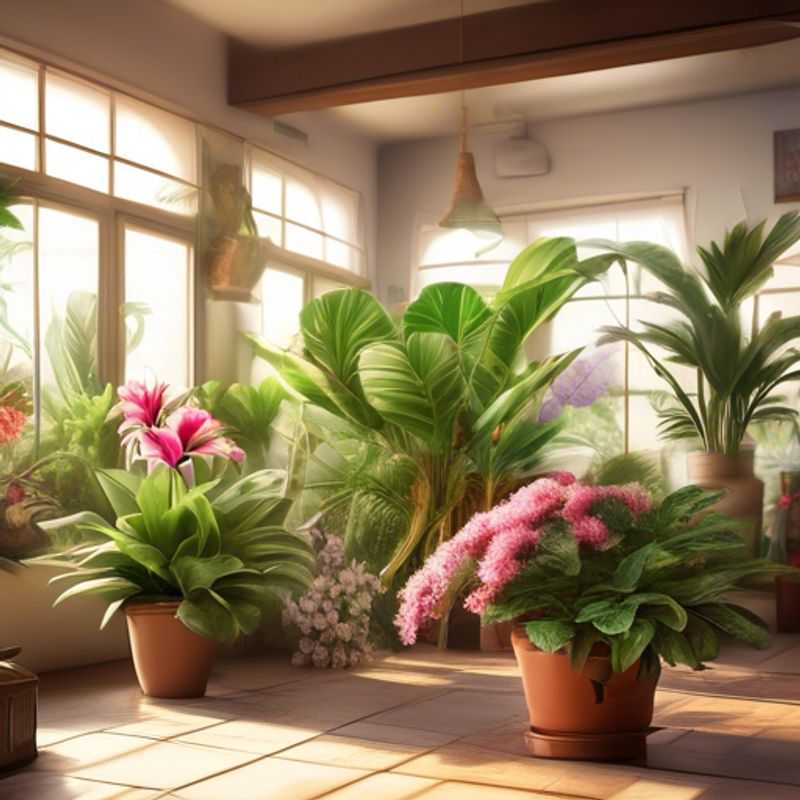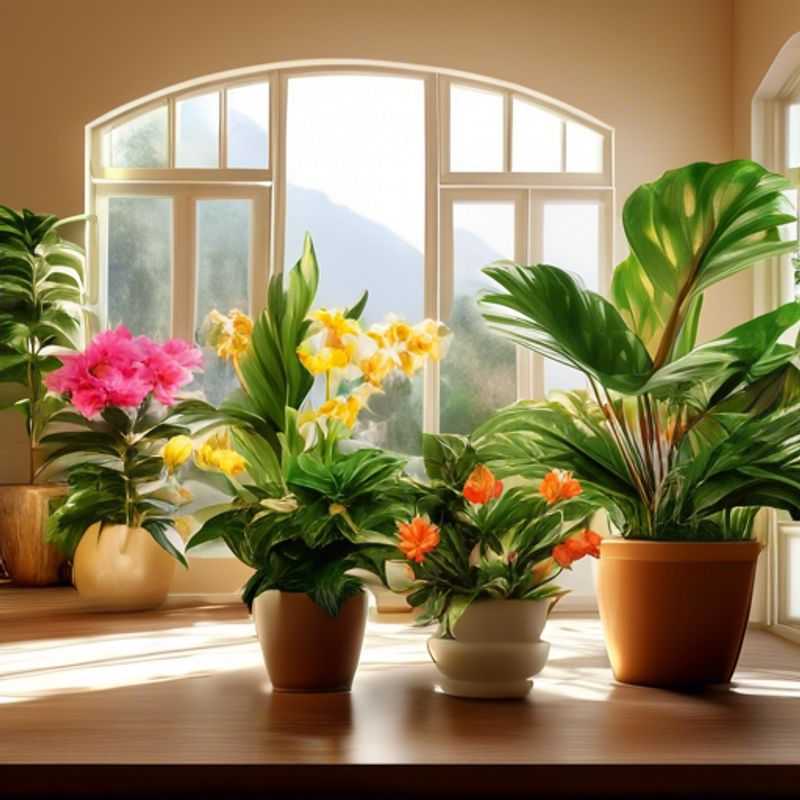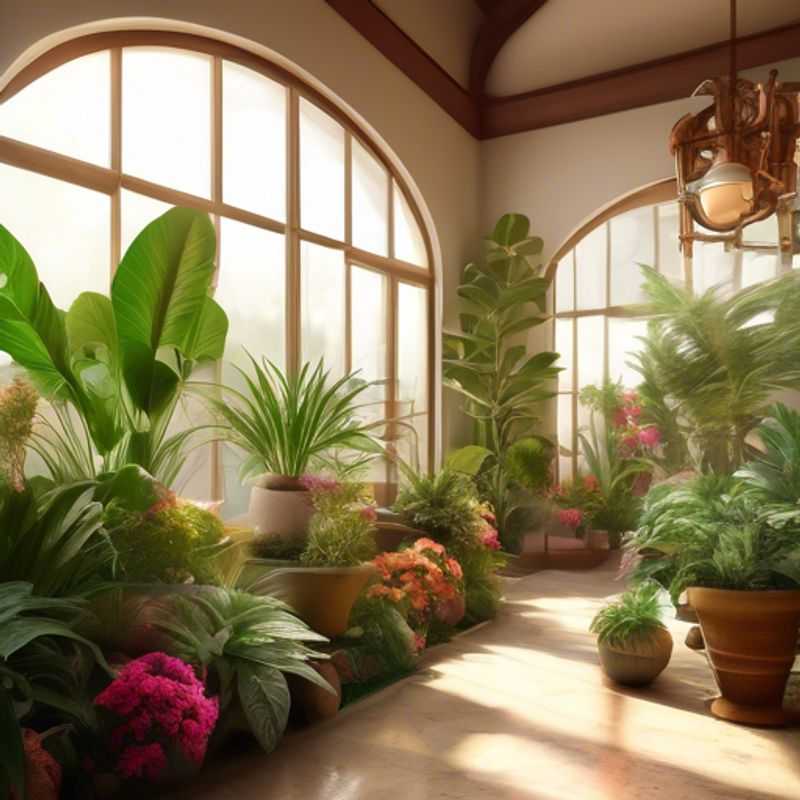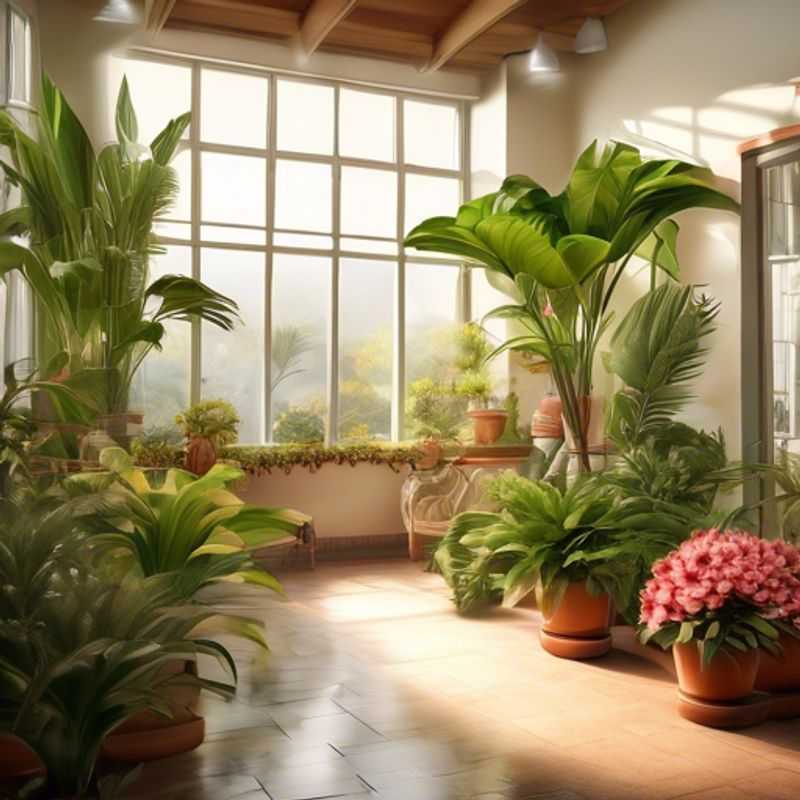Top 4 Must-Knows Before Bringing Home Indoor Flowering Plants

Understand the Lighting Requirements
Research Watering Needs and Frequency
Consider Size and Growth Habits
Learn About Proper Soil and Potting Requirements
Bringing the beauty of nature indoors with flowering houseplants is a wonderful way to brighten up your space and create a more welcoming atmosphere. But before you bring home your next blooming beauty, there are a few essential things to consider to ensure its success. Let's dive into the top 4 things you should know:
1. Understand the Lighting Requirements:

Light Up Your Life: Understanding Plant Lighting Needs
Understanding the lighting requirements for specific plant species is crucial for their growth and health. Different plants have varying needs, categorized mainly into low, medium, and high light requirements. For example, succulents and cacti thrive in bright sunlight, while ferns prefer shaded areas.
To assess the lighting needs, consider factors such as the plant's natural habitat, which can guide you in replicating its ideal conditions. Additionally, light duration is essential; most plants require approximately 12-16 hours of light daily.
When planning your setup, include essential activities like light measurement using a light meter and adjusting your lighting system accordingly. Additionally, consider the type of lights used, such as LED, fluorescent, or incandescent, each with its own benefits and drawbacks.
Furthermore, pay attention to seasonal changes in daylight, as this can affect indoor plants, requiring you to adjust your lighting schedule. Lastly, ensure that you regularly monitor plant health for signs of light stress, such as yellowing leaves or stunted growth, to make timely adjustments.
By understanding these key aspects, you can create a thriving environment for your plants, ensuring they receive the right amount of light to flourish. For more detailed information, consider researching specific species and their unique requirements online.

Hydrating Your Indoor Blooms: Understanding Watering Needs and Frequency
Watering is essential for the health of your indoor flowering plants. The amount and frequency of watering depends on several factors, including the plant species, pot size, soil type, and the surrounding environment.
Researching your specific plant’s needs is key. Look up the plant’s name and its recommended watering habits. A common rule of thumb is to water only when the top inch of soil feels dry to the touch. However, this varies greatly based on the plant species and its individual needs.
Overwatering is a common mistake that can lead to root rot and ultimately, plant death. Signs of overwatering include yellowing leaves, wilting, and soggy soil. Conversely, underwatered plants may show signs of drooping, browning leaves, and dry soil.
Using a moisture meter can help you determine the soil’s moisture content. You can also lift the pot to get a sense of its weight. A heavy pot often indicates wet soil, while a light pot suggests dry soil.
Remember, consistency is key when watering your plants. Regularly check the soil moisture and adjust your watering schedule as needed.

Choosing the Right Plant: Size and Growth Habits Matter
Before bringing a plant home, it's crucial to consider its mature size and growth habits. This ensures the plant will thrive in its chosen location without becoming cramped or outgrowing its space. Measure the area where you plan to place the plant and consider its vertical and horizontal dimensions. Research the plant's expected height, width, and potential for spreading or climbing.
For example, a small succulent might seem perfect for a tiny desk now, but if it can grow several feet tall, it might need a larger pot or a different location in a few years. This planning will save you from having to relocate or repot the plant later. Also, consider the plant's light requirements to ensure it will get enough sunlight in the chosen spot.
Understanding a plant's growth habits can help you choose the right container. Some plants, like vines, need a trellis or support to climb. Others might be prone to drooping branches, requiring a pot that's wide and sturdy enough to handle their weight. This consideration will help you choose the appropriate size and material of the pot.
Always research your plant's specific needs before purchasing to avoid potential problems. Investing a little time upfront can save you headaches and frustration down the road.

Unlocking Blooming Beauty: The Right Soil and Potting Mix for Indoor Flowers
Choosing the right soil and pot for your indoor flowering plants is crucial for their health and blooming. Here's a quick guide:
Soil:
Look for a well-draining potting mix specifically designed for flowering plants. It should be light and airy, with a good balance of nutrients. Avoid dense or heavy soil, as it can lead to root rot.
Potting:
Select a pot with drainage holes to prevent waterlogging. The pot size should be slightly larger than the plant's root ball, allowing room for growth. Choose a material that suits your plant's needs, such as terracotta for good drainage or plastic for moisture retention.
Important Tip:Repot your plants every 1-2 years, using fresh potting mix to replenish nutrients.
Additional Considerations:
Consider the plant's specific requirements: some prefer acidic soil, while others thrive in alkaline conditions. You can adjust the soil pH with specific amendments.
If you're unsure about the best soil and pot for your plants, consulting a local garden center or an expert can provide valuable advice.
Remember, a healthy soil and well-chosen pot are essential for vibrant and blooming indoor plants.
